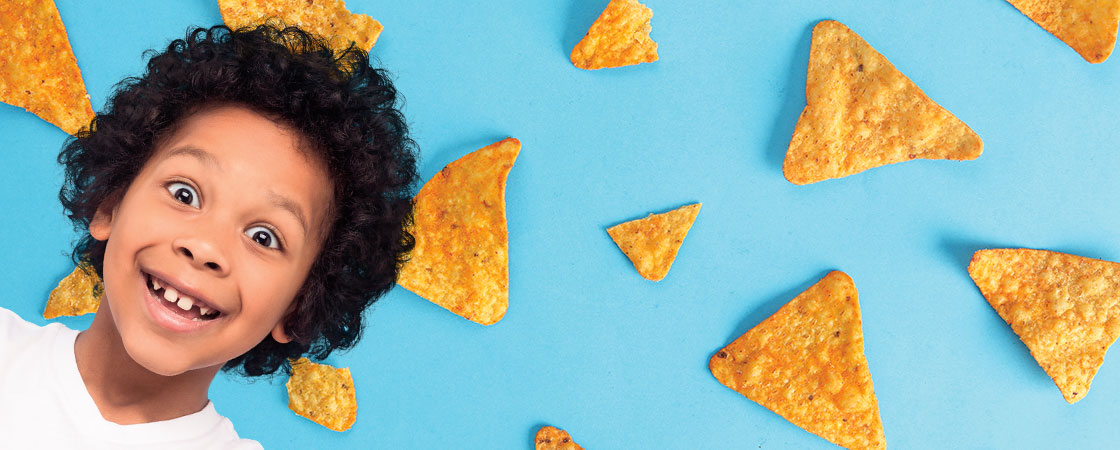They work in secret labs. They do not speak of their research. What they learn can be worth millions of dollars. It can change lives.
Are these scientists working on a new medicine? Or building a fancy robot? Nope. These scientists are “flavorists.” Their work is right in front of you. It’s in that fruit juice you’re sipping. It’s in those chips you’re munching.
Flavorists work to make food taste great. They also invent new flavors. It can take years to perfect a new taste. A successful flavor—a tangy citrus for gum, a zesty spice for chips—can earn a lot of money for food companies.
But what makes a flavor “good”? Why do we love some tastes and not others?
They work in secret labs. They don’t talk about what they do. What they learn can be worth millions of dollars. What they learn can change lives.
Are these scientists making a new medicine? Or building a fancy robot? Nope. These scientists are “flavorists.” Their work is right in front of you. It’s in fruit juice, potato chips, and other foods.
Flavorists make food taste great. They also invent new flavors. It can
take years to get a new flavor just right. Maybe the new flavor is a tangy lemon flavor for gum. Or a zesty spice for chips. A good flavor can make a lot of money for food companies.
But what makes a flavor good? Why do we love some tastes and not others?
They work in secret labs. They do not speak of their research. What they learn can be worth millions of dollars. It can change lives.
Are these scientists working on a cure for a disease? On a new weapon? Nope. Their work is right in front of you. It’s in that fruit juice you’re sipping and in those chips you’re munching. These scientists are called flavorists. They work to make food taste great. They excel at concocting flavors you will love, from a lip-smacking berry for a sports drink to a mouthwatering chili-cheese coating for a pretzel.
Flavorists use thousands of chemicals, oils, and extracts. Some chemicals are natural; they come from plants and animal products. Others are synthetic. Even a simple flavor, like the strawberry taste of a milkshake, may have 50 chemicals in it.

